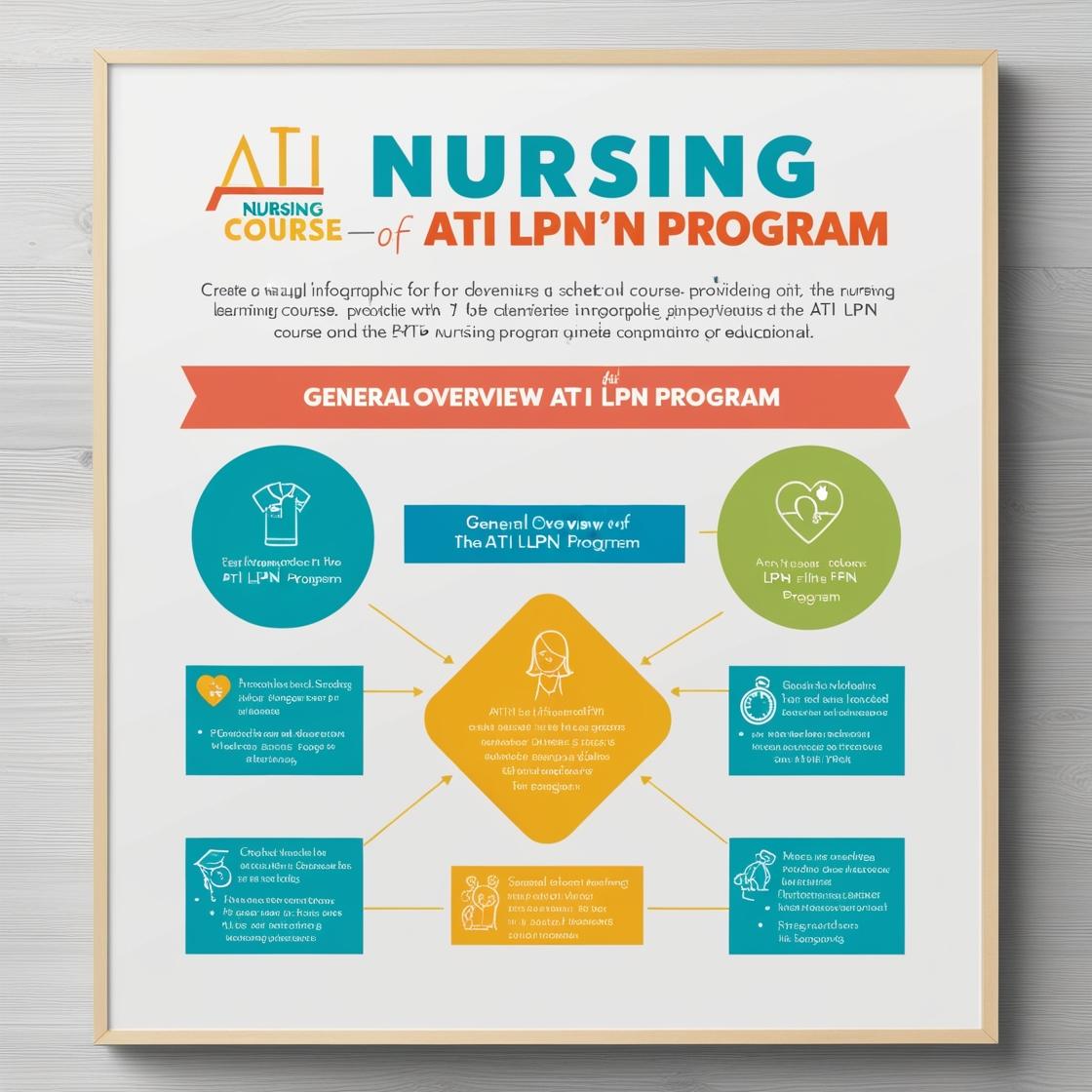LPN LPN
ATI PN Adult Medical Surgical 2019
1. A client with a history of chronic alcohol use is admitted with confusion and an unsteady gait. Which deficiency should the nurse suspect?
- A. Thiamine (Vitamin B1)
- B. Cyanocobalamin (Vitamin B12)
- C. Folic acid
- D. Vitamin D
Correct answer: A
Rationale: The correct answer is Thiamine (Vitamin B1). Chronic alcohol use can lead to thiamine deficiency, which can result in neurological symptoms such as confusion and an unsteady gait. Thiamine is essential for proper brain function and nerve conduction, and its deficiency is common in individuals with alcohol use disorder. Cyanocobalamin (Vitamin B12) deficiency can also present with neurological symptoms, but in this case, the patient's history of chronic alcohol use points more towards thiamine deficiency. Folic acid deficiency typically presents with symptoms like fatigue and megaloblastic anemia. Vitamin D deficiency is associated with bone health issues rather than neurological symptoms.
2. An 85-year-old male resident of an extended care facility reaches for the hand of an unlicensed assistive personnel (UAP) and tries to kiss her hand several times during his morning care. The UAP reports the incident to the charge nurse. What is the best assessment of the situation?
- A. This behavior can be considered sexual harassment and should be reported to the administration immediately.
- B. The UAP should be reassigned to another group of residents, preferably females only.
- C. The client may be suffering from touch deprivation and needs to know appropriate ways to express his need.
- D. The resident needs to understand the rules regarding unwanted touching of the staff and the consequences.
Correct answer: C
Rationale: In this scenario, the resident's actions of reaching for the UAP's hand and trying to kiss it could indicate a need for touch rather than intentional sexual harassment. The best assessment is to consider the possibility that the client may be experiencing touch deprivation and is seeking appropriate ways to express his need for physical contact. Providing guidance on acceptable ways to seek physical affection can help address the underlying issue and improve the resident's interactions with the staff. Choice A is incorrect because assuming sexual harassment without understanding the context and potential reasons behind the behavior can lead to misinterpretation. Choice B is inappropriate as reassignment based on gender is not a solution and does not address the root cause of the behavior. Choice D is not the best approach as it focuses solely on setting boundaries without considering the resident's underlying need for touch.
3. A client with peptic ulcer disease is prescribed omeprazole (Prilosec). Which instruction should the nurse include in the client's teaching plan?
- A. Take the medication with food.
- B. Take the medication at bedtime.
- C. Take the medication on an empty stomach.
- D. Take the medication as needed for pain relief.
Correct answer: C
Rationale: The correct instruction for a client prescribed omeprazole (Prilosec) is to take the medication on an empty stomach. This is important for optimal absorption and effectiveness of the medication in treating peptic ulcer disease. Choice A ('Take the medication with food') is incorrect because omeprazole should be taken on an empty stomach. Choice B ('Take the medication at bedtime') is incorrect as it does not align with the optimal timing for omeprazole administration. Choice D ('Take the medication as needed for pain relief') is incorrect because omeprazole is not typically used for immediate pain relief but rather for long-term management of peptic ulcer disease.
4. A client with a history of hypertension is prescribed lisinopril (Prinivil). Which side effect should the nurse monitor for?
- A. Dry cough.
- B. Weight gain.
- C. Tachycardia.
- D. Hyperglycemia.
Correct answer: A
Rationale: The correct answer is A: Dry cough. Lisinopril is an ACE inhibitor, and a common side effect of ACE inhibitors is a dry cough. This occurs due to the accumulation of bradykinin in the lungs, leading to irritation and subsequent cough. It is important for the nurse to monitor the client for this side effect as it can affect adherence to the medication regimen. Weight gain, tachycardia, and hyperglycemia are not typically associated with lisinopril. Therefore, choices B, C, and D are incorrect.
5. A client with cirrhosis of the liver is experiencing pruritus. Which intervention should the nurse implement to help relieve the client's symptoms?
- A. Administer acetaminophen (Tylenol).
- B. Apply lotion to the skin.
- C. Encourage a high-protein diet.
- D. Provide a warm bath.
Correct answer: B
Rationale: Pruritus is a common symptom in clients with cirrhosis due to bile salts accumulating in the skin. Applying lotion to the skin helps soothe the itching and can prevent skin breakdown. Acetaminophen can worsen liver damage in clients with cirrhosis as it is metabolized in the liver. Encouraging a high-protein diet is not directly related to relieving pruritus. Providing a warm bath may further dry the skin, exacerbating the itching. Therefore, the most appropriate intervention to help relieve pruritus in a client with cirrhosis is to apply lotion to the skin.
Similar Questions

Access More Features
ATI LPN Basic
$69.99/ 30 days
- 50,000 Questions with answers
- All ATI courses Coverage
- 30 days access @ $69.99
ATI LPN Premium
$149.99/ 90 days
- 50,000 Questions with answers
- All ATI courses Coverage
- 30 days access @ $149.99
